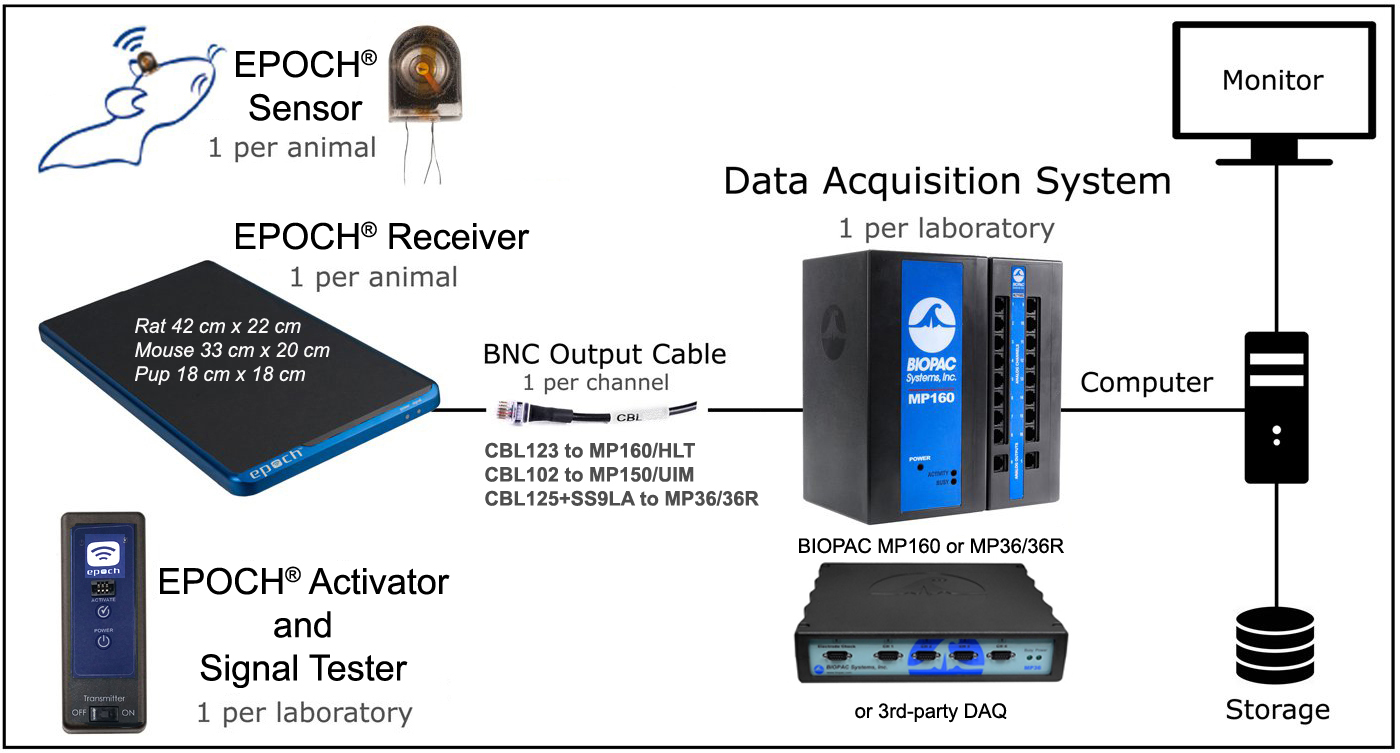

#Eeg en vivo Pc#
Paxinos G, Watson CR, Emson PC (1980) AChE-stained horizontal sections of the rat brain in stereotaxic coordinates.Walton NY, Treiman DM (1988) Experimental secondarily generalized convulsive status epilepticus induced by D, L-homocysteine thiolactone.Mountcastle VB, Lynch JC, Georgopoulos A, Sakata H, Acuna C (1975) Posterior parietal association cortex of the monkey: command functions for operations within extrapersonal space.Electroencephalogr Clin Neurophysiol 24:83–86 Evarts EV (1968) A technique for recording activity of subcortical neurons in moving animals.Fatt P (1957) Electric potentials occurring around a neurone during its antidromic activation.Frank K, Fuortes MG (1955) Potentials recorded from the spinal cord with microelectrodes.Electroencephalogr Clin Neurophysiol 6:65–84 Dawson GD (1954) A summation technique for the detection of small evoked potentials.Jameson LC, Sloan TB (2006) Using EEG to monitor anesthesia drug effects during surgery.Curr Protoc Neurosci Chapter 10: Unit10.12 Campbell IG (2009) EEG recording and analysis for sleep research.Hughes JR (1996) A review of the usefulness of the standard EEG in psychiatry.Mirsattari SM, Ives JR, Leung LS, Menon RS (2007) EEG monitoring during functional MRI in animal models.In this chapter, I briefly describe these recording techniques and experimental approaches. Since the brain exerts its complex function through these “simple” electrical signals, the electrical activity of the brain can be measured in spatial scales from the relatively gross potentials using electroencephalography and evoked potentials down to the level of the plasma membrane, where currents produce within a single neuron (single-unit action potential).
#Eeg en vivo code#
The latter then converts the chemical code back into electrical signals that are transmitted along the axon of the postsynaptic neuron. At the sites of connections, information is transmitted across synapses, neurotransmitters are released from presynaptic terminals, and these diffuse to receptor molecules located on the postsynaptic neuron. Each neuron can potentially connect with many other neurons and vice versa. Because EPN and LPP were recorded to task-irrelevant pictures, the absence of treatment effects on EPN and LPP suggest that initial stages of motivated attention are unaffected by treatment.Neurons within the central nervous system transmit information as a pulsed electrical code which is conducted down specialized processes (axons) that connect with other neurons. The findings suggest that effects of in-vivo and virtual reality exposure therapy are similar. Critically, Bayesian analyses suggested that EPN and LPP were unaffected by treatment and that the treatment groups did not differ in their responses (EPN, LPP, and ratings). After treatment, the negative emotional ratings to spiders were substantially reduced. Patients also showed elevated early posterior negativity (EPN) and late positive potential (LPP) to spiders. The results showed that before treatment, patients rated spiders as more negative than did control subjects. After the task, subjects were shown the pictures again and rated each in terms of their emotional reaction (arousal and pleasantness). The task was used to reduce potentially confounding effects from shifts of attention. During EEG recording, participants performed a simple detection task on the fixation cross while the pictures were shown in the background and were task irrelevant. In each session, EEG was recorded to spider pictures as well as other positive, negative, and neutral pictures. Patients were tested twice (one week before and after treatment), and control subjects once. To fill this gap, spider-phobic individuals received either in-vivo or virtual reality exposure treatment. Although exposure therapy has strong effects on self-reported ratings and behavioral avoidance, effects on measures derived from electroencephalography (EEG) are scant and unclear. Specific phobia can be treated successfully with exposure therapy.


 0 kommentar(er)
0 kommentar(er)
